By Dennis Chagala, Nandi County
Sacred places were perceived to be holy places where gods of all kinds lived. Village elders occasionally visited the places to seek advice and assistance on particular issues on behalf of the community.
Depending on the occasion, different types of sacrifices were offered in various types of sacred places, a practice specifically conducted by selected elders to appease the gods.
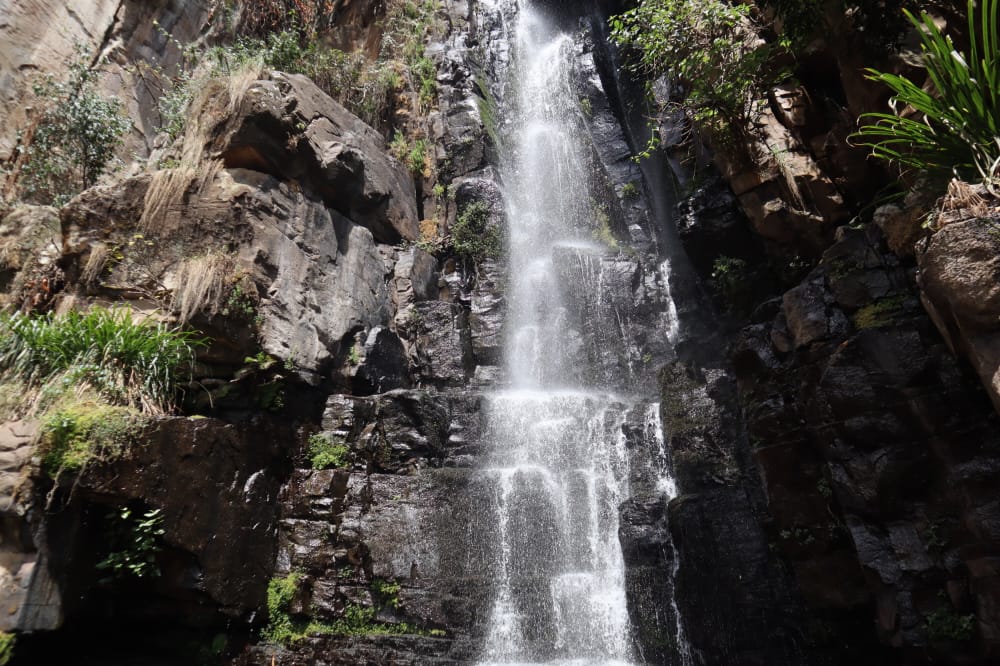
Kapchechuk waterfall in Koria, Nandi County - Photo/Dennis Chagala/County SplashKapchekuk waterfall, found on the Riftvalley escarpments bordering Nandi and Kakamega counties, was such a place among the Nandi community. The place was feared by both locals and non-locals due to the extraordinary activities that took place there.

“We used to bury our people down the cliff, the mode of burial was by throwing the dead bodies down the cliff,” said Fredrick Cheslut, a village elder.
Down the waterfall is a land full of rocks and caves that the Nandi people believed the gods lived inside and could come out to take the dropped bodies for preparation for the second world.

The word Kap-chekuk means home to the raven, which were brought by continues dropping of the bodies down the cliff.
The special grass
Unlike other sacred places where only animals were slaughtered, Kapchekuk had a special grass (suswet vamwaida) that when rubbed produced oil. According to mzee Fredrick Cheslut, the gods used the oil to smear on the dead bodies before ushering them to the next world.
“We have several gods; of death, rain, and disease among others who were led by a supreme one, Cheptilil, after a body was thrown down the waterfall, the god of death, would receive it, prepare it by washing it with water from the waterfall and smear it with the oil from vamwaida grass,” Explained Cheslut.
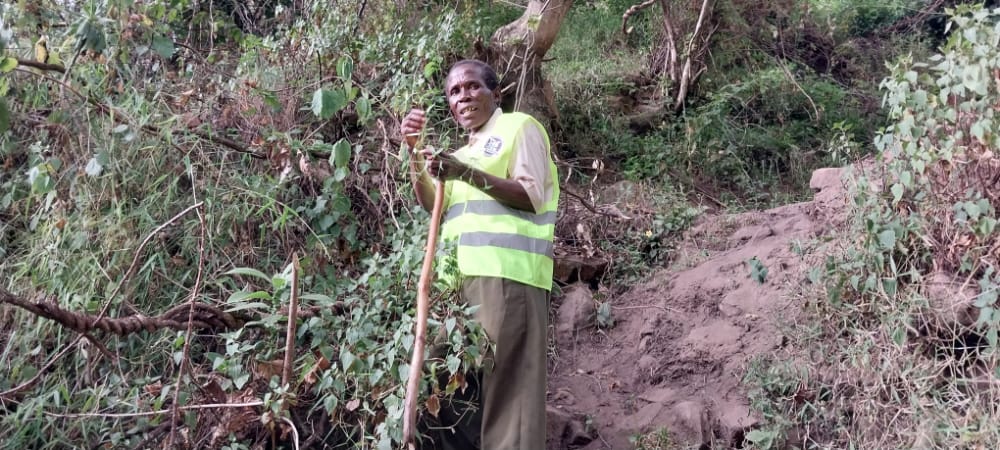
A tour guide Elderly men without families, (Ngatet), were tasked with the role of disposing the bodies. The move was to protect the community from being haunted by curses.
“Curses are transferred from one generation to the other following a family lineage, to avoid that, we opted to use impotent men, to prevent the curse that may befall the rest of the generation”, he said.
Apart from the oil extracted from vamwaida grass being used to prepare the bodies in readiness for the second world, the grass combined with another one, sinedet (Periploca linearifolia) were used to make bracelets that were worn during traditional wedding ceremonies to protect the couple from ‘bad eyes’.
“The bracelet tied the two together during the wedding, the combination was believed to poses supernatural powers that protected the couple from evil,” He said.
The last supper
Apart from Kapchekuk being used by the Nandi people as a disposing place of their departed loved ones, the old who were tired of living as well as patients suffering from long-term illness used the place to commit suicide. They honored their last days on earth by singing and praying before throwing themselves down the cliff.
“The old would gather on top of this cliff, they would mark their last celebration by singing and praying for three days, the night before the fourth day, they would hold hands to form a semicircle and throw themselves down the cliff,”, Said Joshua Kortei, a resident.
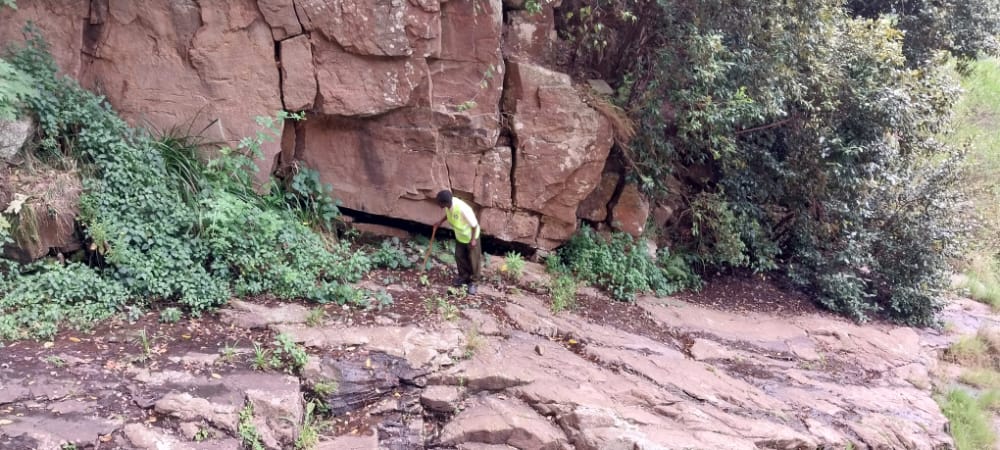
David Khalukana, a tour guide showing the journalists one of the caves beleived to be the home of Nandi godsThe suicidal mission was strictly performed at night under the watch of the ngatets who later performed a ritual to ensure their souls are accepted in the second world.
The crying owl
Whereas old and tired people committed suicide at the cliff, those with chronic illnesses would be tied a long rope around both legs and taken to the cliff-top. After three days, the rope would be pulled from the village, the patient was to respond by pulling it back to ascertain he is still alive.

“Certain signs will have to pass before a patient is taken on top of the cliff, the cry of an owl at night was an example, an owl’s cry symbolized death was approaching, this called for assembling those suffering from long term illnesses in the community and taken to the cliff,” Said Kortei.
A guard of sour milk was packed for the sick, when the person survived the harsh conditions, like the cold and wild animals, in the three days, they were to drink the milk and come back to the village, failure to do so, the ngatet would be sent to go and throw their body down the cliff.
Cleansing
After throwing the body, a flawless black ram was slaughtered, its blood was then smeared around the place to appease the ancestors while its meat was eaten by the ngatet as way of cleansing themselves.
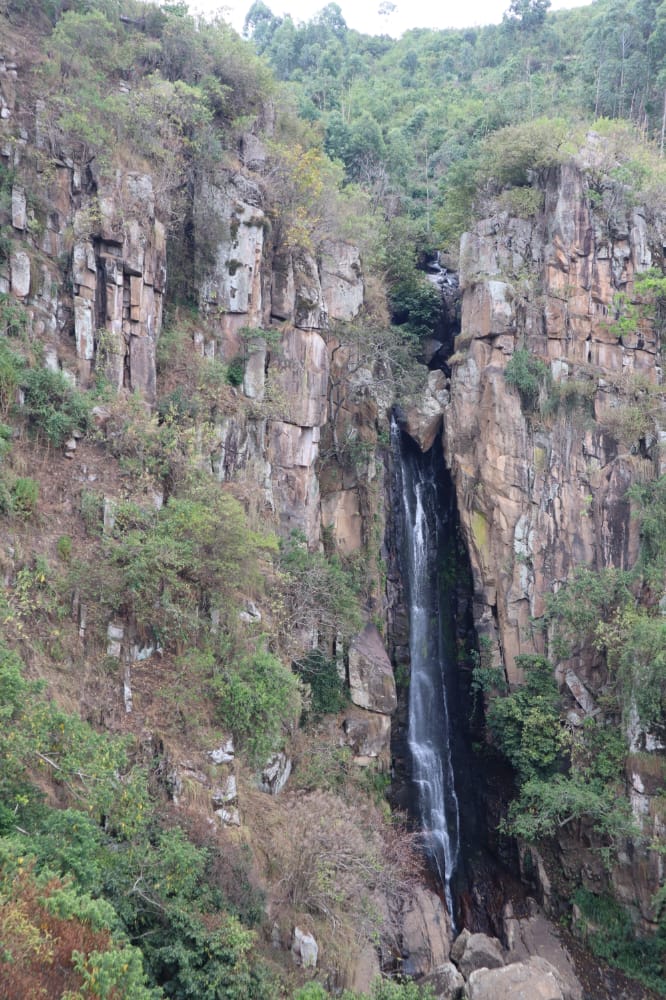
Kapchechuk waterfall in Koria, Nandi County “A clean black ram was to be slaughtered, blood was spread around the place, its intestine was removed, the ngatet would eat the meat and form a circle, they would step on top the intestines singing on loud voices while moving in a circular manner, by doing this they were pleading with the ancestors to accept the just departed soul,” Said Cheslut.

Elders from nandi community at Kapchekuk waterfallThey were to leave the place before the sunrise and were received by the village elders outside the village, some cleansing ritual was done before being allowed to join the rest of the community.
Besides being a burial place, a peace treaty between the Masais and the Nandis was once signed at Kapchekuk Waterfall, after both communities were adversely affected from land rivalry.
Turned tables
However, the advent of modern technology has ended the traditional way of burying the dead among the Nandis.

This has greatly changed the perception of the area from the most feared sacred place to a tourist attraction site.
“I have heard a lot about this place and so I came to witness this massive water fall and other adventurous things such as the ravens, caves, huge rocks and the forest,” said Sada Jael a student from Masinde Muliro University.
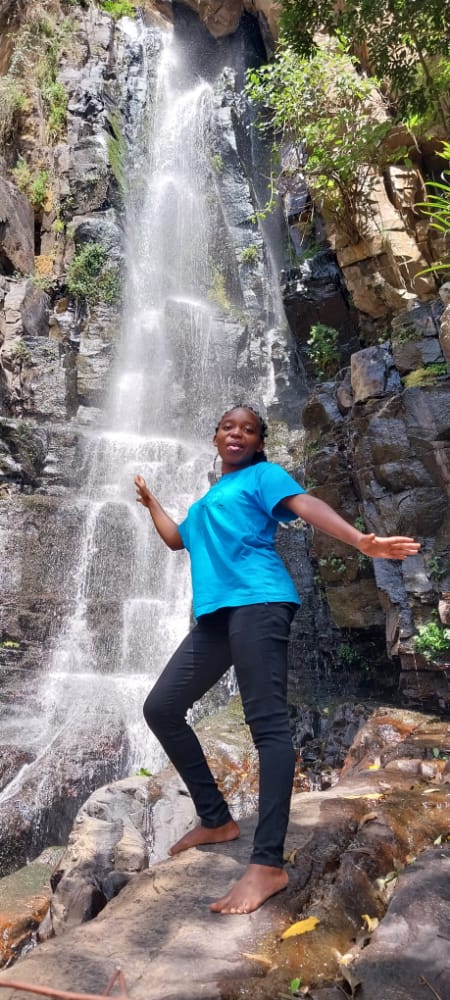
Sada Jae, a student from Masinde Muliro University of Science and Technology at the waterfallApart from local tourism, Kapchekuk has also attracted many tourists from across the world hence enhanced the area’s economy.

“International tourists come to this place to camp and look at this epic landscape that is a habitat for various flora and fauna” said David Khalukhana a self-proclaimed tour guide.
However, the residents’ call to the Nandi County government is to intervene and ensure the area is well fenced and suitable to attract more tourists that will boost the tourism industry.
—Ends—



